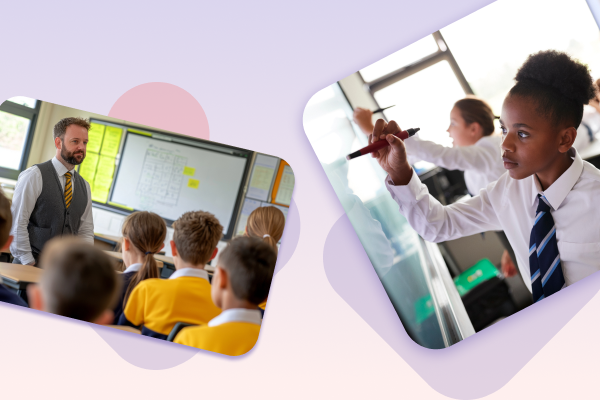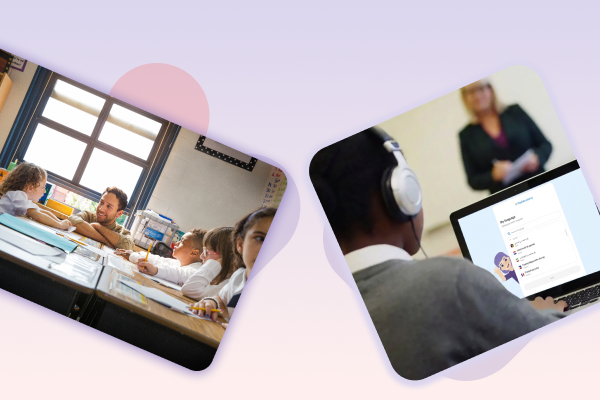

Guest blog by Alice Legarska, Head of EAL
Hello, I’m Alice Legarska and I work with English as an Additional Language (EAL) students at Thistley Hough Academy. I want to share how we use FlashAcademy®’s worksheet resources to complement their digital learning app to support our students with their English language learning journey.
Making new arrivals feel welcome
One of the most effective resources we use is the FlashAcademy® EAL welcome pack. It’s incredibly helpful for students who are new to the school and to English. While we aim to reduce printing where possible, this is a resource we see value from printing for each newly arrived student. It’s a great way to get them started and helps us manage those initial, sometimes overwhelming, days.
Integrating dual coding and scaffolding techniques
A big part of our approach involves dual coding—using both images and text together to reinforce understanding. This is something we use a lot in our EAL teaching because it helps students connect words with images, making new concepts more relatable. FlashAcademy®’s resources naturally align with this approach, as many of their materials combine visuals with vocabulary. This allows us to scaffold new topics effectively, breaking down information into manageable parts so students can better grasp the lessons.
For example, when introducing a new topic, we use resources that include key vocabulary paired with images. Students can look at the pictures and connect them with words in English, which they often already know in their first language. This way, they aren’t just memorising words; they’re understanding them within a context.
Quick and effective cover work
Another benefit of these resources is their flexibility in unexpected situations. There have been times when we’ve needed a quick, meaningful activity – perhaps when a lesson plan changes last minute or when providing cover work for an absent teacher. The resources are easy to access and quick to print, making them perfect for these moments. They ensure that learning continues seamlessly, even when circumstances are less than ideal. For example, my colleague has used them to cover my lessons when I’ve been unavailable. The students remain engaged with relevant material and we can maintain the continuity of their learning without scrambling to create something on the spot.
Integrating FlashAcademy® into lessons
We’ve found FlashAcademy® particularly helpful for starting lessons. Our routine is to use the platform for the first 15 minutes, where students settle in with their laptops and begin working on grammar exercises, worksheets or comprehension tasks. This provides a structured start to the lesson and helps students build a habit of independent learning. We then move on to other activities, such as group work or topic-specific tasks.
While our focus is mostly on using the digital resources, some students like to take notes in small vocabulary books. They’ll write the English word on one side and the translation in their language on the other. It’s a simple practice but it helps them take ownership of their learning.
Advice for other schools
Every school uses FlashAcademy® differently – some incorporate it during interventions, others use it in regular lessons, form time, or as homework. My advice to other schools is to start by exploring what works best for your context. The resources are versatile, so you can adapt them to your specific needs. Whether you use them as lesson starters, supplementary material, or as part of independent study, they offer a range of ways to support EAL students effectively. It’s about finding what works best for your students and using the tools to make their transition into learning English as smooth as possible.
Want to feature in our sharing best practice series?
We want to share more stories and practical tips about how you implement FlashAcademy® with your students. If you’d like to share your story, please email our marketing team.

